Plastic pollution has become one of the most pressing environmental issues, as rapidly increasing production of disposable plastic products overwhelms the world’s ability to deal with them.
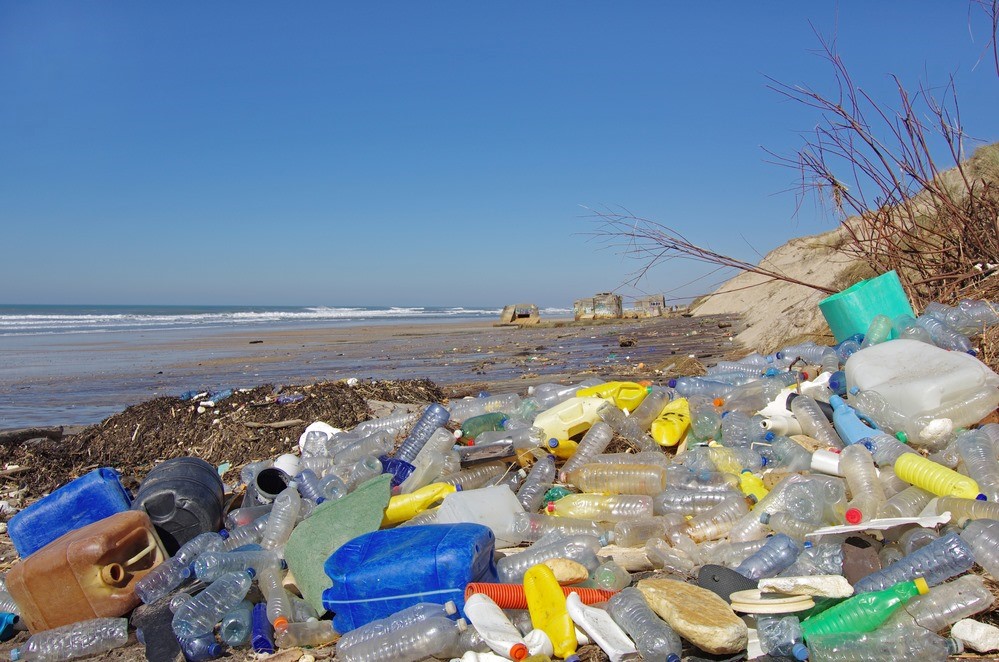
How did this happen?
Plastics made from fossil fuels are just over a century old. Production and development of thousands of new plastic products accelerated after World War II, so transforming the modern age that life without plastics would be unrecognizable today.
The conveniences plastics offer, however, led to a throw-away culture that reveals the material’s dark side: today, single-use plastics account for 40 percent of the plastic produced every year. Many of these products, such asplastic bagsand food wrappers, have a lifespan of mere minutes to hours, yet they may persist in the environment for hundreds of years.
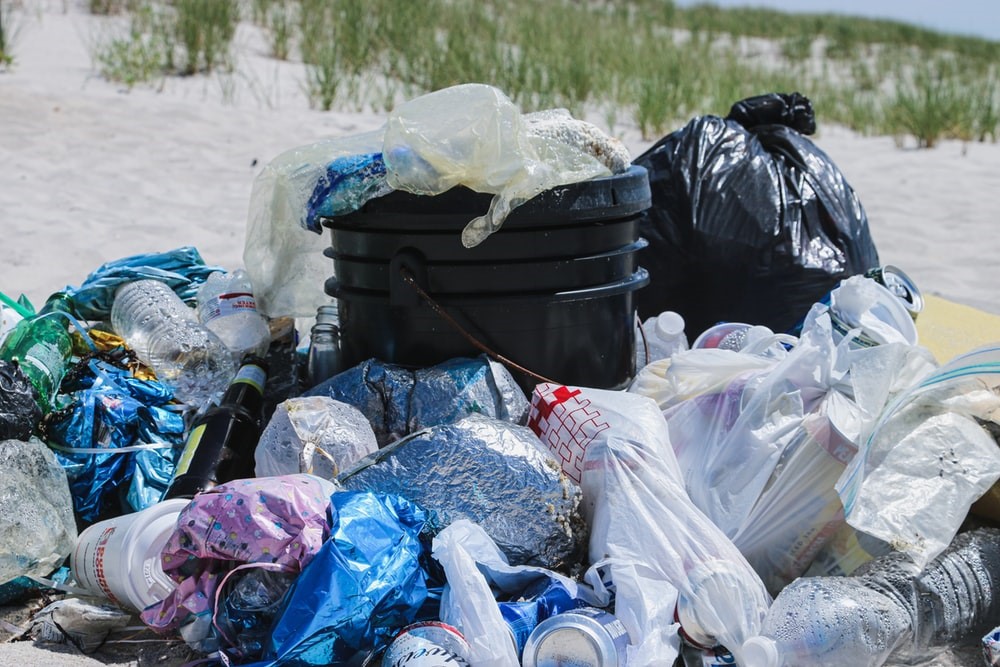
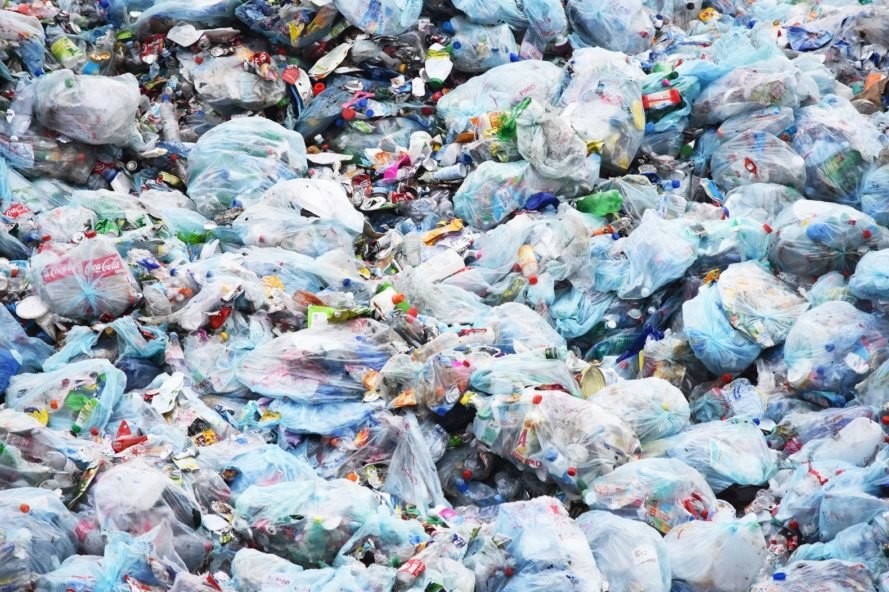
Some key factsof Plastics by the numbers:
·Half of all plastics ever manufactured have been made in the last 15 years.
·Production increased exponentially, from 2.3 million tons in 1950 to 448 million tons by 2015. Production is expected to double by 2050.
·Every year, about 8 million tons of plastic waste escapes into the oceans from coastal nations. That’s the equivalent of setting five garbage bags full of trash on every foot of coastline around the world.
·Plastics often contain additives making them stronger, more flexible, and durable. But many of these additives can extend the life of products if they become litter, with some estimates ranging to at least 400 years to break down.
Harm to wildlife
Millions of animals are killed by plastics every year, from birds to fish to other marine organisms. Nearly 700 species, including endangered ones, are known to have been affected by plastics. Nearly every species of seabird eats plastics.
Most of the deaths to animals are caused by entanglement or starvation. Seals,whales, turtles, and other animals are strangled by abandoned fishing gear or discarded six-pack rings. Microplastics have been found in more than 100 aquatic species, including fish, shrimp, and mussels destined for our dinner plates. In many cases, these tiny bits pass through the digestive system and are expelled without consequence. But plastics have also been found to have blocked digestive tracts or pierced organs, causing death. Stomachs so packed with plastics reduce the urge to eat, causing starvation.
Plastics have been consumed by land-based animals, including elephants, hyenas, zebras, tigers, camels, cattle, and other large mammals, in some cases causing death.

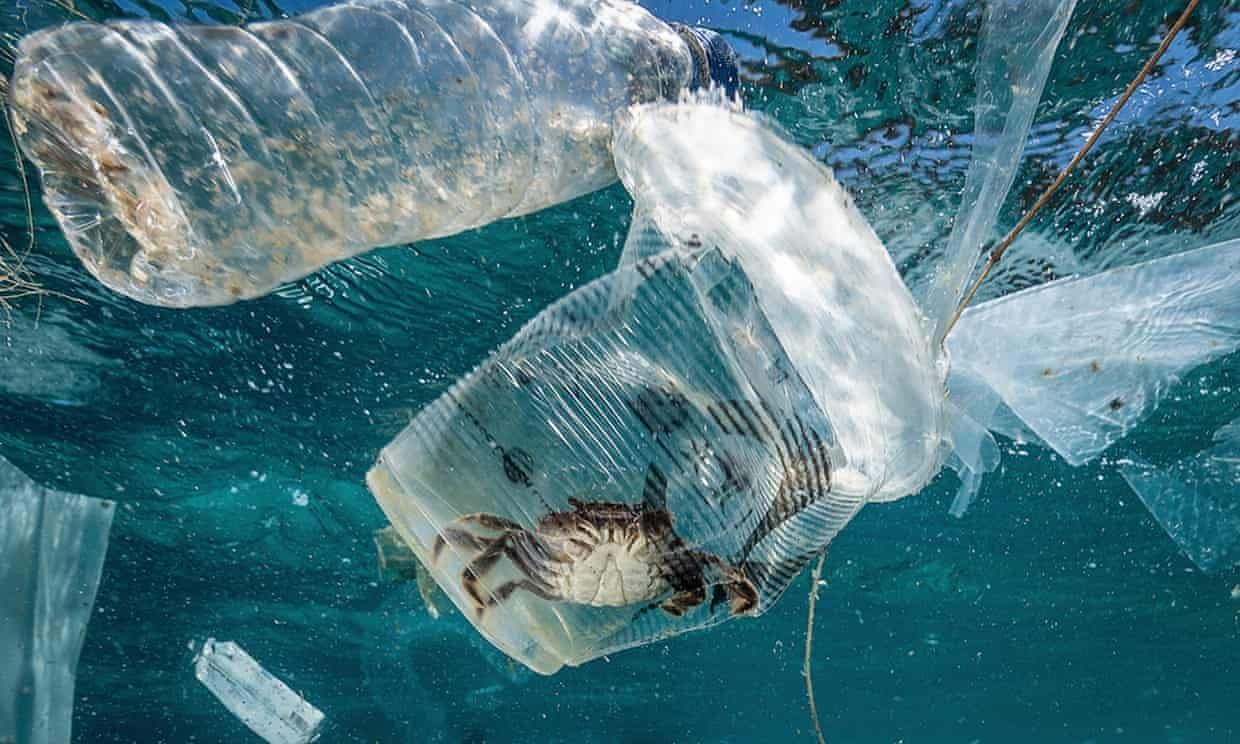


 Deutsch
Deutsch русский
русский español
español العربية
العربية 日本語
日本語 한국의
한국의




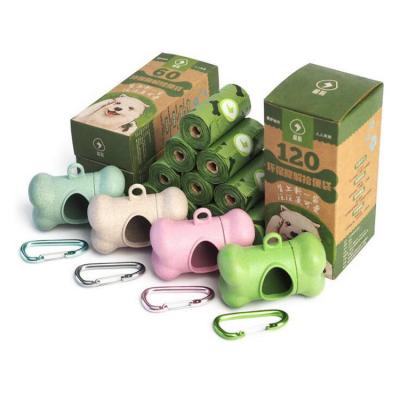





 SUPPORT 24/7
SUPPORT 24/7 BUSINESS QUIRY
BUSINESS QUIRY Our ADDRESS
Our ADDRESS  Leave A Message
Leave A Message
 IPv6 network supported
IPv6 network supported





